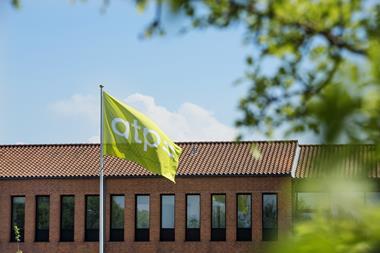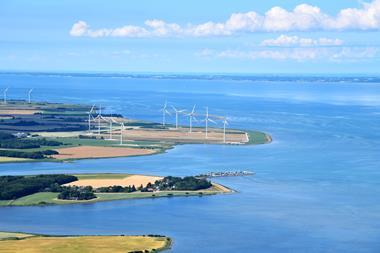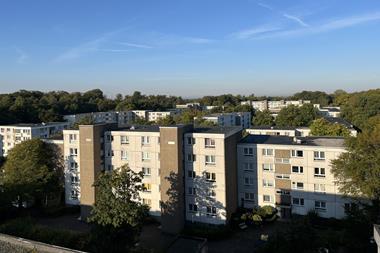Danica Pension is currently weighing a new strategy for driving its planned foreign real estate expansion - making direct investments rather than just investing via funds.
So far, the Danske Bank subsidiary has just 10% of its DKK35bn (€4.7bn) real estate exposure invested in assets outside its home territory, mainly in US and European funds.
In an interview with IPE Real Assets, Michael Nielsen, chief executive officer of Danica Real Estate (Danica Ejendomme), said: “What we are looking at now, is if there are other approaches we could use to invest outside Denmark - such as joint ventures and club deals.”
Nielsen is one of Denmark’s most experienced figures in institutional property investment, having led ATP’s real estate operation for 17 years until the end of 2018. He took the helm at Danica Pension’s property arm earlier this year.
With DKK450bn of assets under management, Danica Pension is the third largest Danish pension fund after ATP, followed by PFA. But of the three institutions, PFA has by far the biggest real estate portfolio, with property assets totalling DKK60.5bn, according to end-2019 figures.
“The small international portfolio we have already is dominated by US and European funds, across sectors, risk types and including some debt funds,” Nielsen said, adding that in general, Danica Pension is happy with the funds it has in the international portfolio. While the pension fund is now considering making its first direct foreign real estate investments, Nielsen said Danica would try to find local partners for any such deals.
“Our first step would be to look at countries close to our home market - the other Nordic countries, Germany, UK and France - depending on where we see good opportunities,” he said.
Danica Pension has made it clear for some time that it intends to increase its allocation to international real estate, hiring Jakob Kær Nielsen from Patrizia in July 2019 as chief portfolio manager for foreign real estate - a role the firm created in preparation for an increased focus on international property assets.
Danica Pension’s foreign portfolio received a major boost three years ago as a result of the company’s takeover of SEB Pension’s Danish operation - which included a significant portfolio of international property investments.
As with its plan to give real estate a bigger slice of its overall portfolio, Danica’s desire for a higher degree of international investments within its real estate exposure is all part of a drive for more asset-type diversification, Nielsen said.
But the push for more international property is also a response to the dearth of suitable domestic opportunities, he explained. “Here in Denmark, returns are under downward pressure because there is a lot of appetite for real estate, both from domestic investors and from international players - which means there’s a high level of competition,” he said.
“We still have a very low-interest rate here, which means that for international investors, in particular, they can get very attractive mortgage rates in Denmark. Because at Danica we only make equity investments in property, it is hard for us to compete,” he said.
Not just from international investors, but from any geared property investor, there is a lot of money rushing into the Danish market right now, according to Nielsen.
“And on top of this, there are certain sectors such as hotels, shopping centres and other retail assets which are experiencing a big impact from the COVID pandemic, so there is no appetite for these segments,” he said.
“All investors in Denmark are trying to find the right residential or office assets,” he said.
PFA recently said it is moving towards more direct investment in its international real estate portfolio but has no set percentage target for foreign property compared to domestic.
ATP, meanwhile, appears to be reducing its focus on international real estate.
To read the digital edition of the latest IPE Real Assets magazine click here.














